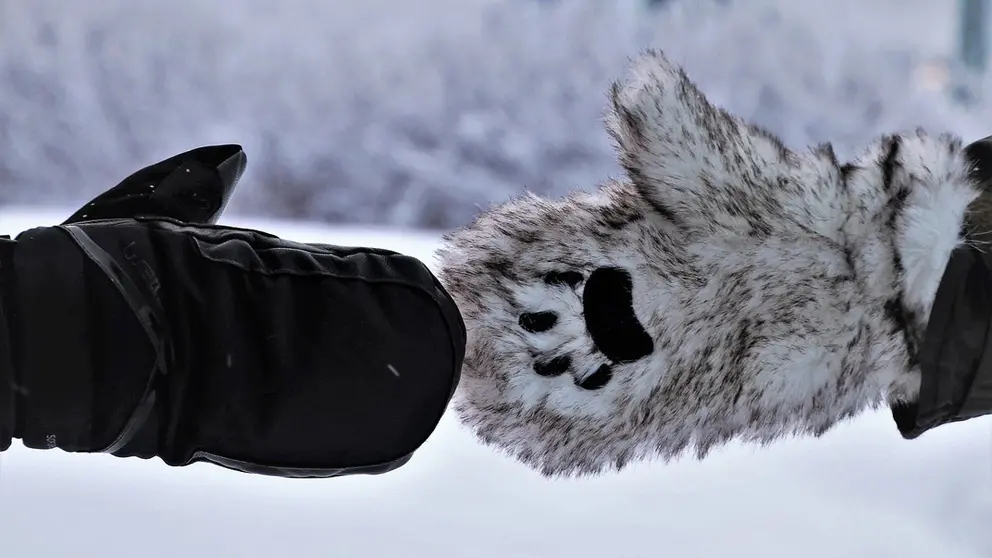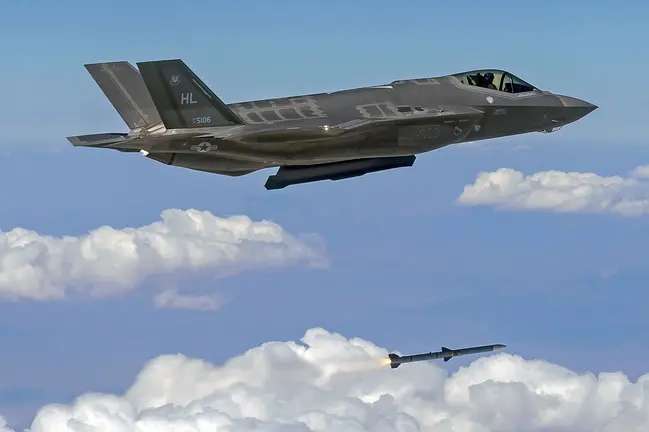Islam is one of the minority religions professed in Finland. Today most of his followers are Arabs arrived in the country in recent years, although there are also some 1,000 Finnish converts (most of them women married to Muslim men).
What many people do not know is that the presence of Muslims in Finland is not a new phenomenon or the result of modern migrations caused by economic reasons or warlike conflicts. The country has its own Muslim community, the Finnish Tatars, who practice a moderate form of Islam and have lived in the land of ice and snow since the early 19th century.
According to an article included in the book 'Finland, a cultural encyclopedia', published by the Finnish Literature Society, the small Tatar minority in Finland is the oldest Muslim group in the Nordic countries. Its first representatives appeared with the Russian army soon after the 'Finnish War' fought between the kingdom of Sweden and the Finnish empire in 1808-1809, as a result of which Finland was annexed to Russia.
Mishars
However, the majority of the Finnish Tatar community are the so-called Mishars, a sub-group of the Volga Tatars who emigrated to Finland in the latter part of the 19th Century, mainly from 1870 to 1925.
The author of the article, Juha Pentikäinen, professor of comparative religion of the University of Finland, explains that most of those newcomers came from almost the same village near the Volga and were farmers who also traded during the winter time. Since Finland offered them successful temporary business opportunities, over time their visits became increasingly frequent, and some of them decided to settle in the country.
Professor Pentikäinen says that, once settled permanently in the country, those Mishar Tatars became exclusively merchants and they chose to take up residence in larger conurbations such as the cities of Helsinki, Turku and Tampere and their neighbouring areas. In those places they dedicated to trade in furs and textiles.
The Finnish Islamic Congregation
Finnish Tatars have been officially defined by their Islamic religion. The first Islamic association was founded as early as 1830 by the few Tatars who then lived in Finland. After the 1922 freedom of religion act came into force in 1924, the Finnish Islamic Congregation (Finlandiya Islam Cemaati in Tatar or Suomen Islam-seurakunta in Finnish) was established in 1925.
Finland was, therefore, one of the first countries in Western Europe -if not the first- to officially recognize a congregation of Muslim religion in its territory. The Finnish Islamic Congregation created by the Finnish Tatars included all Muslims living in Finland until 1943, when another congregation was founded in Tampere.
According to several sources, the number of Tatars in Finland is around 1,000. Nowadays most of them live around Helsinki. They are fully integrated in the Finnish cultural and economic life, though their social structures are based around the mosques they have built in Helsinki, Tampere and Järvenpää. They speak Finnish or Swedish, as well as Mishar Tatar.
Non-Tartar Muslims can go to the mosques of the Finnish Islamic Congregation to worship, but they are not allowed to become members of it. The community also has Tatar Islamic cemeteries in Helsinki, Turku and Tampere.
Tatar efforts to retain their cultural characteristics have been quite successful. Their language, which belongs to the northern Turkish dialect, has almost exclusively been the first language spoken at home. They have also a rich literary tradition, still mostly transmitted in the traditional Arabic script.











